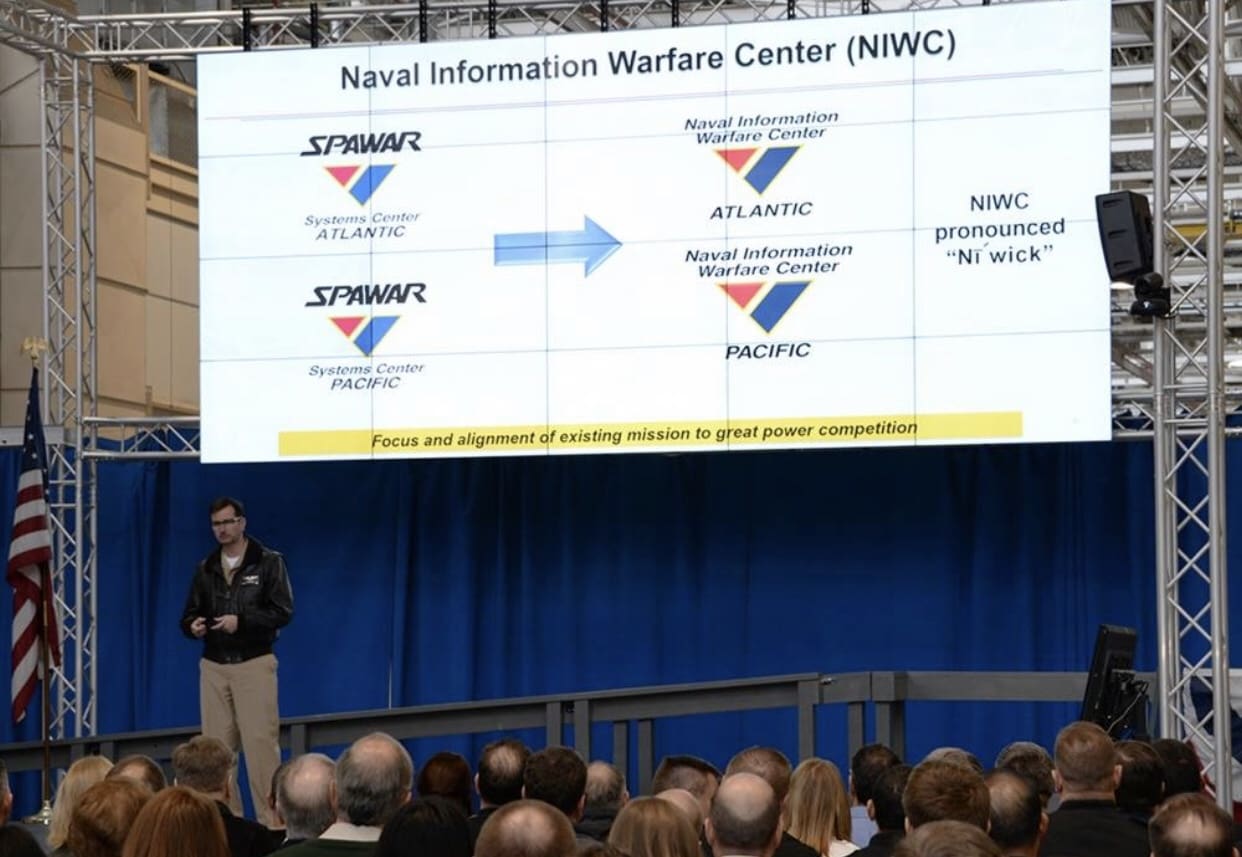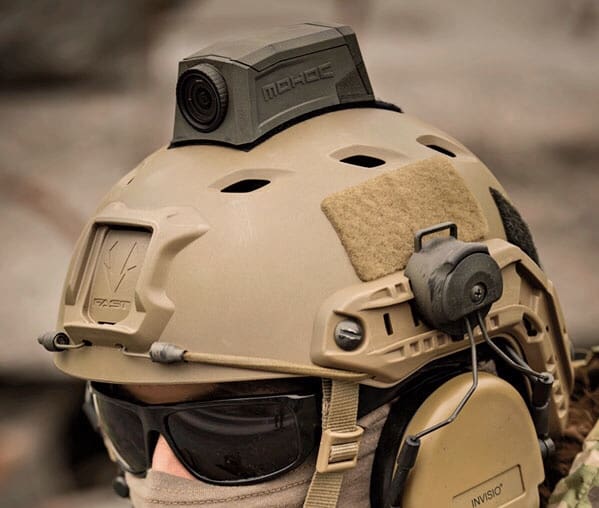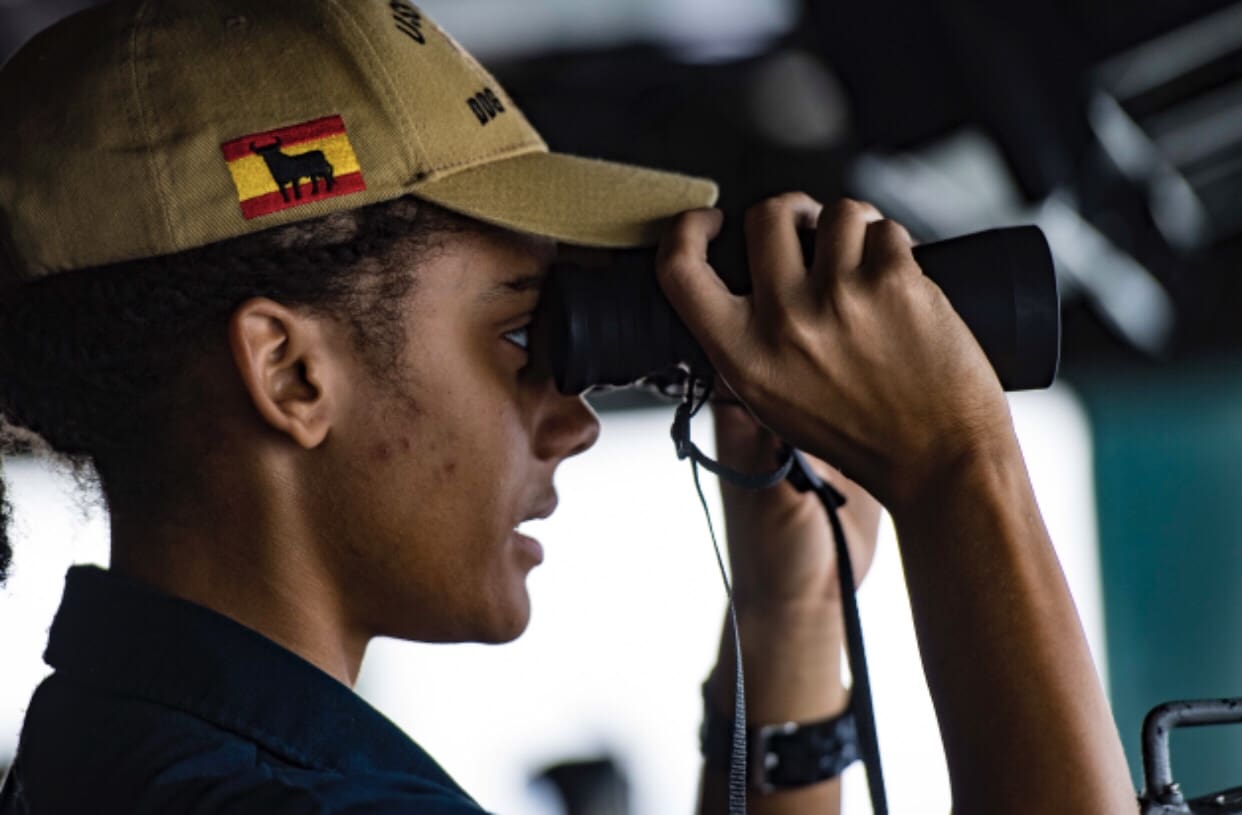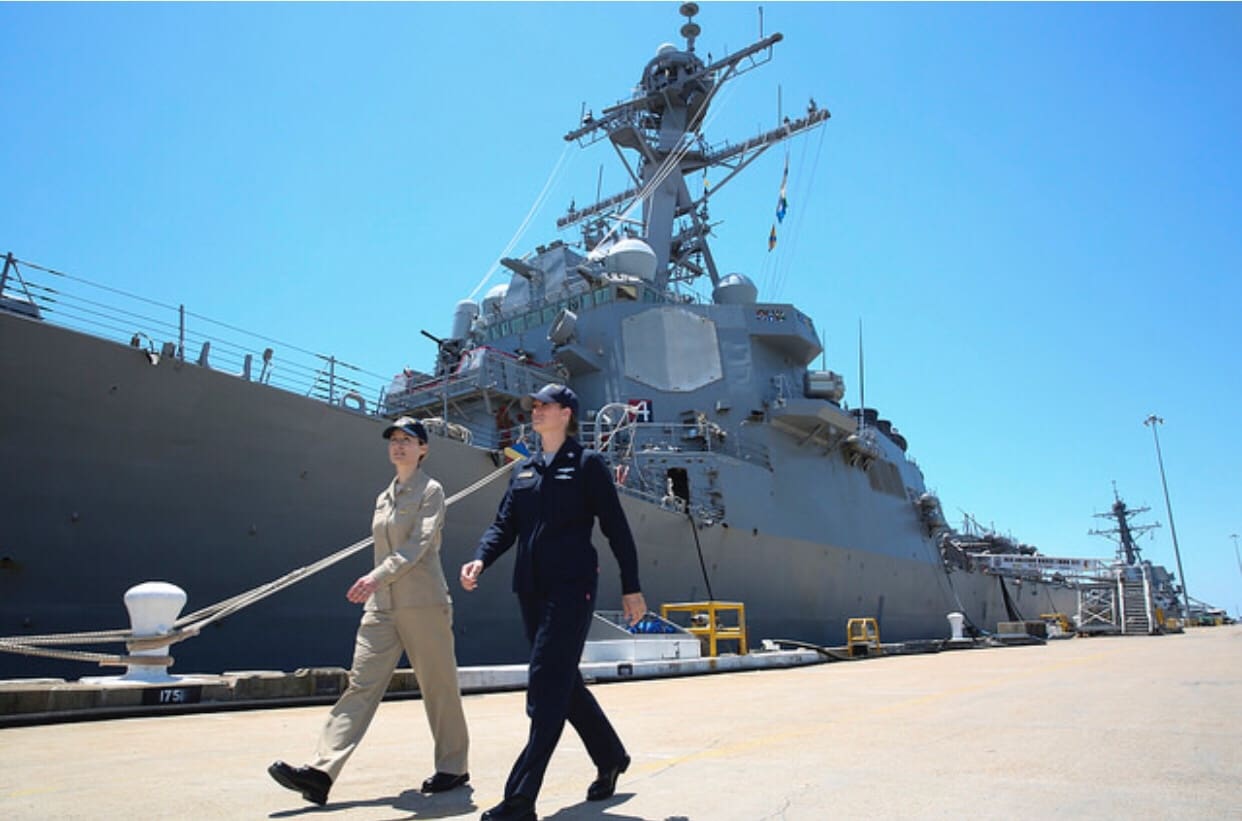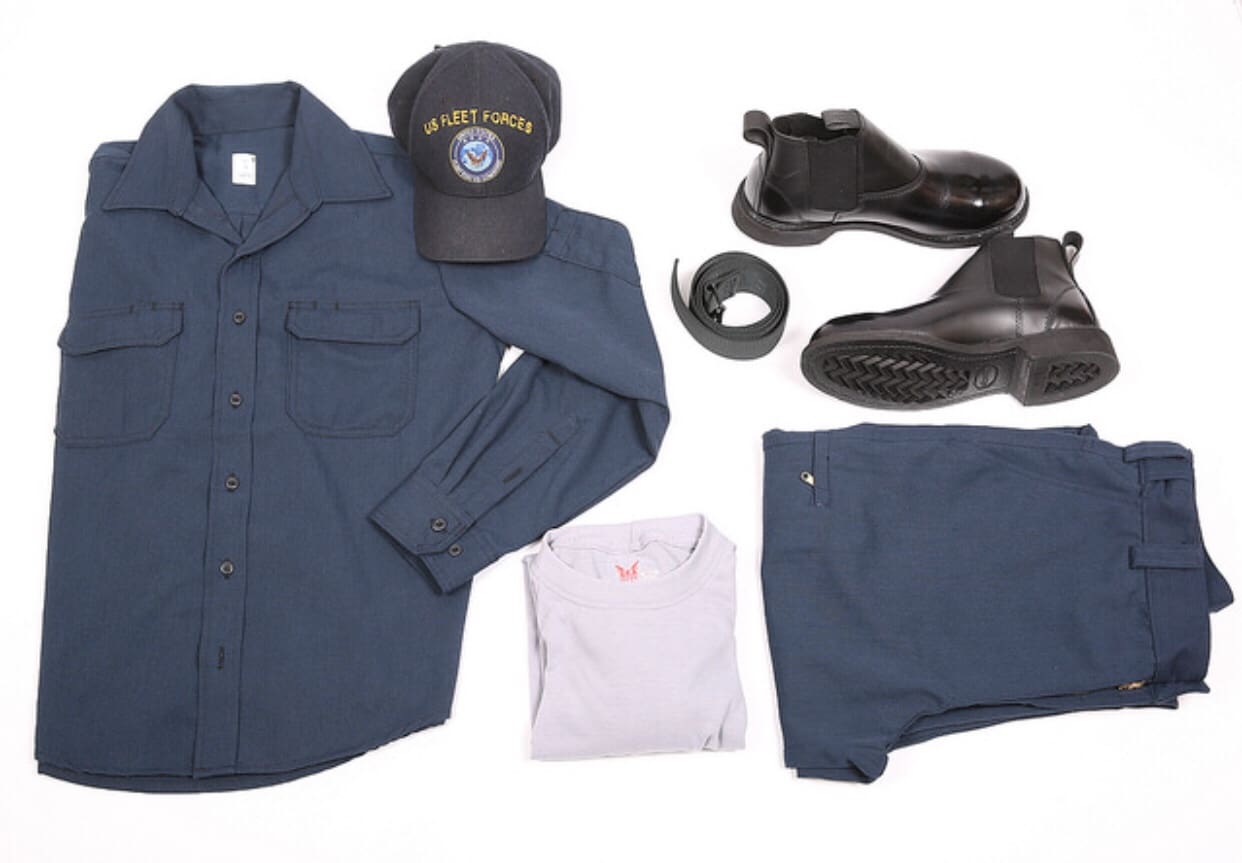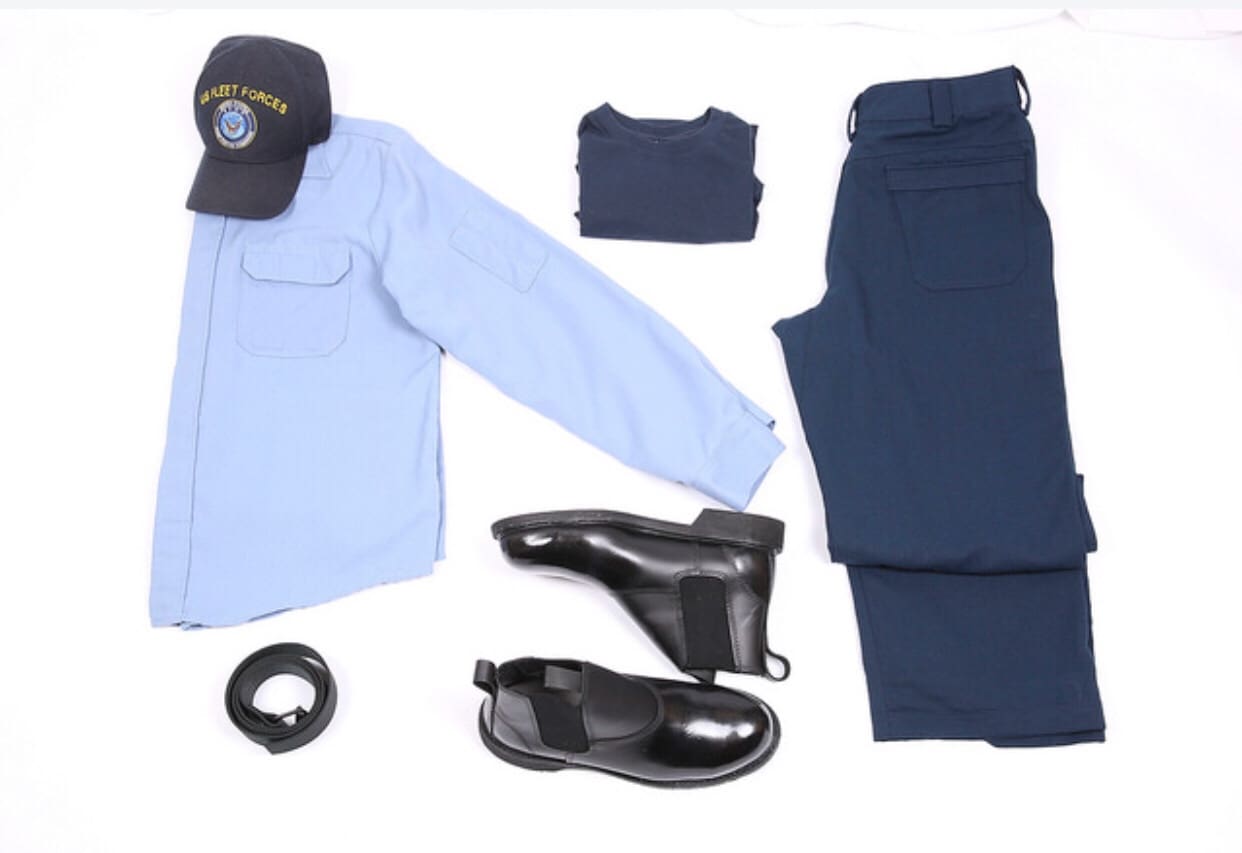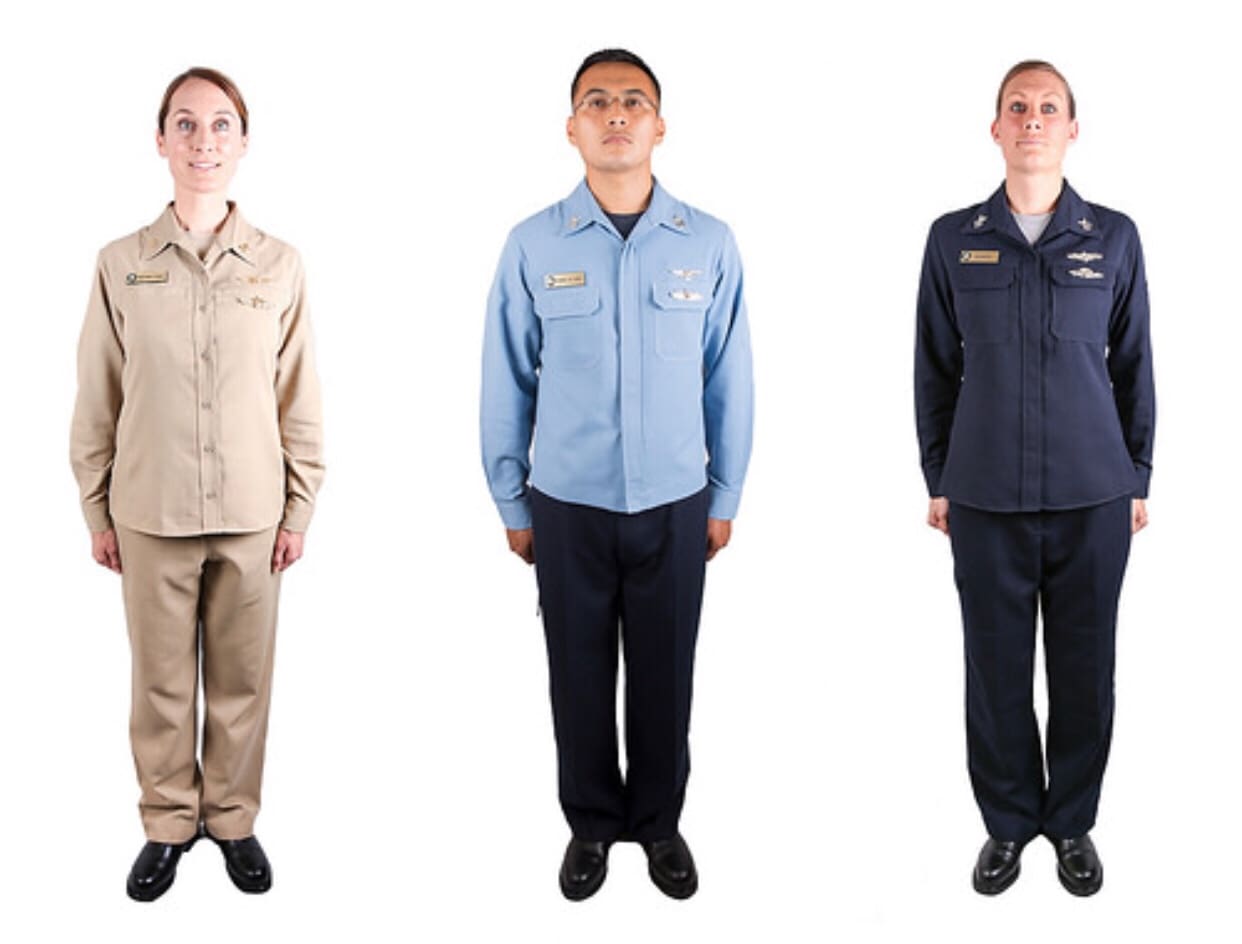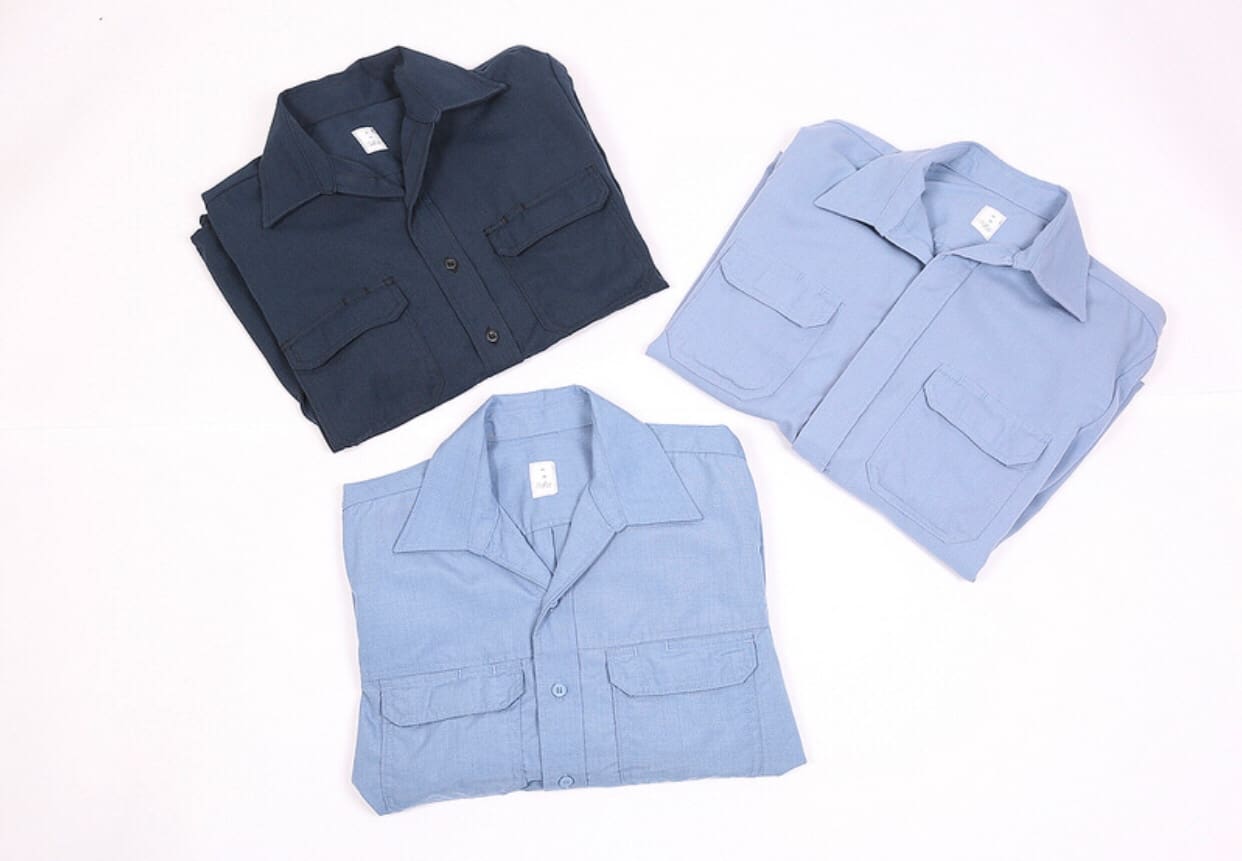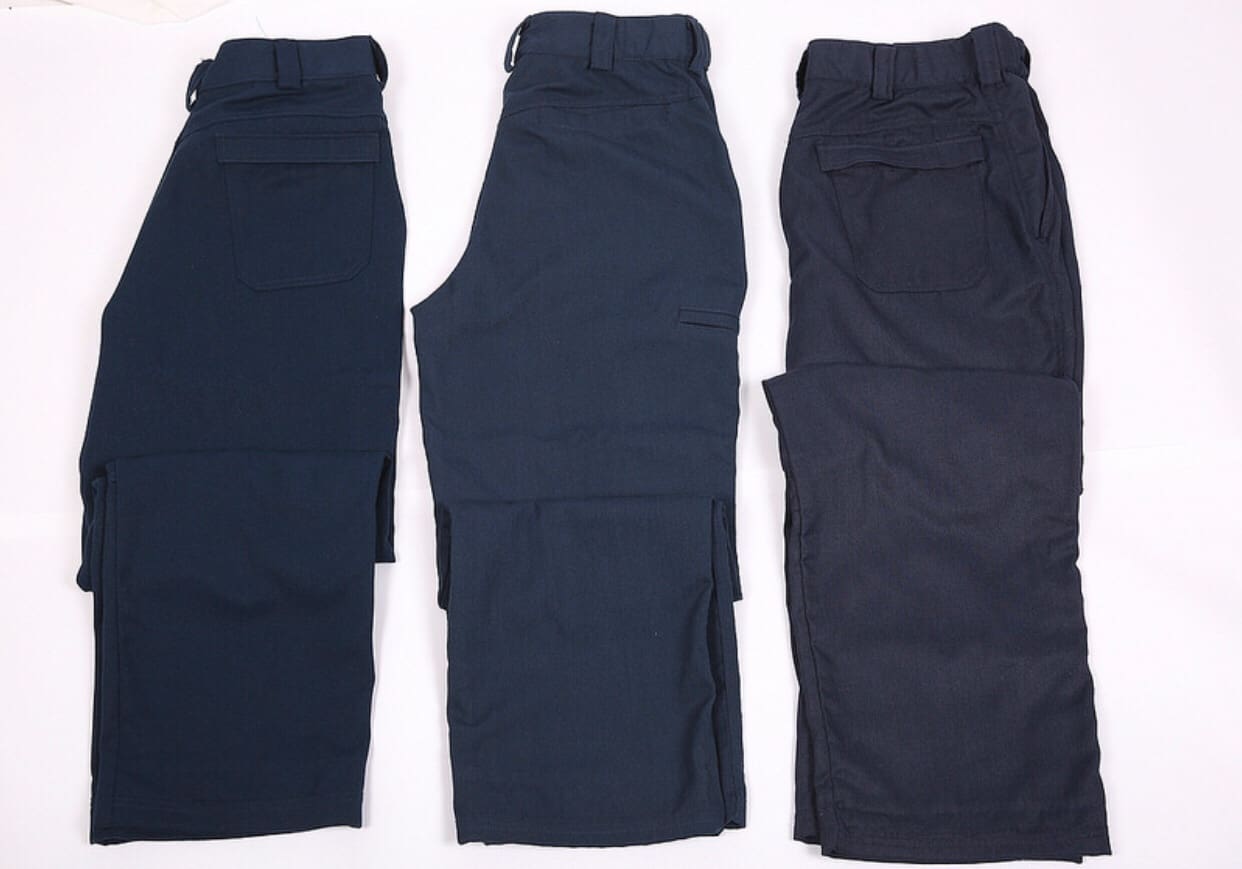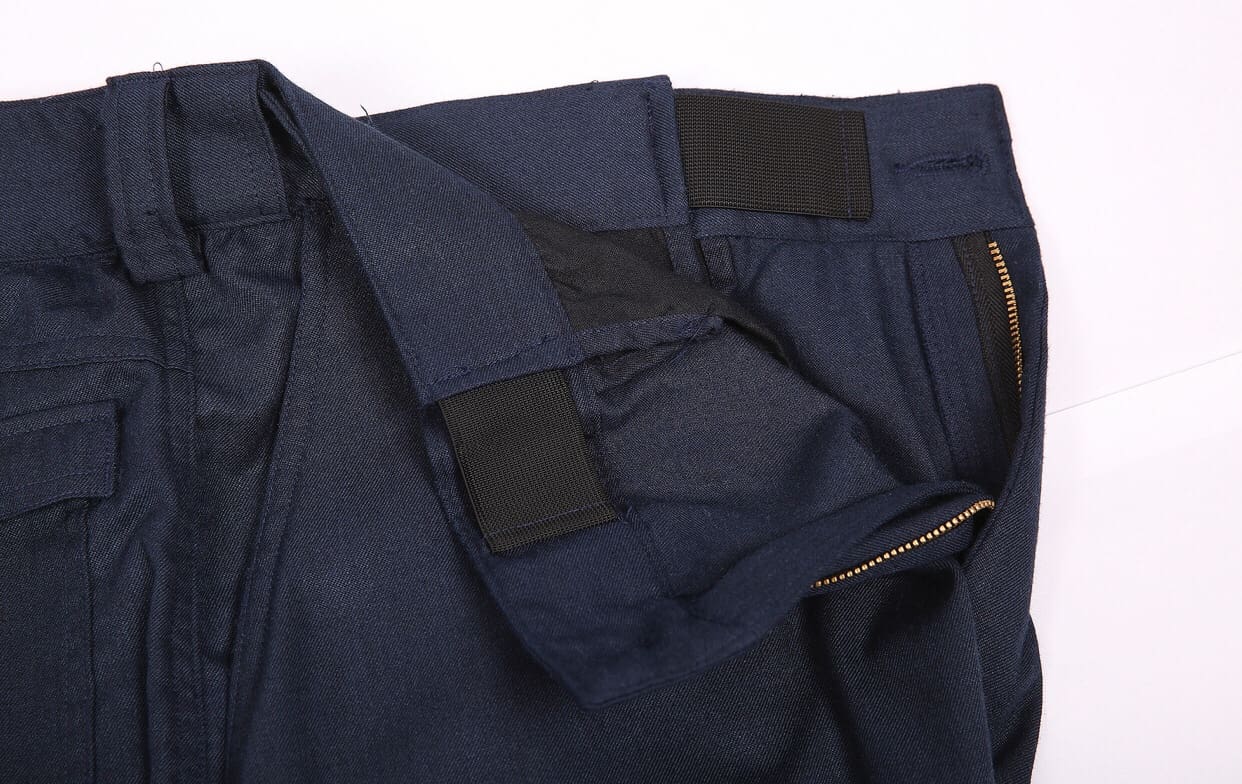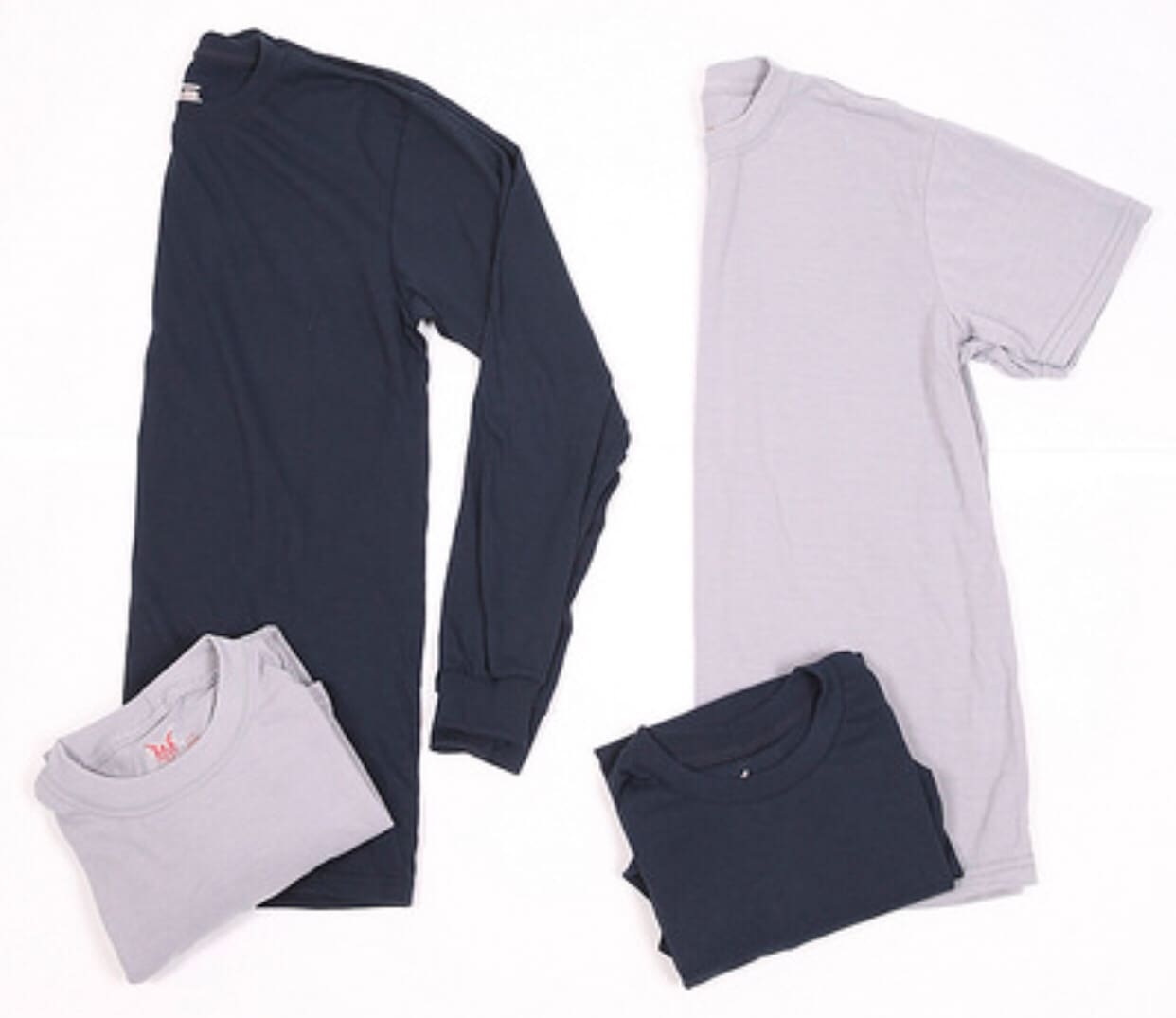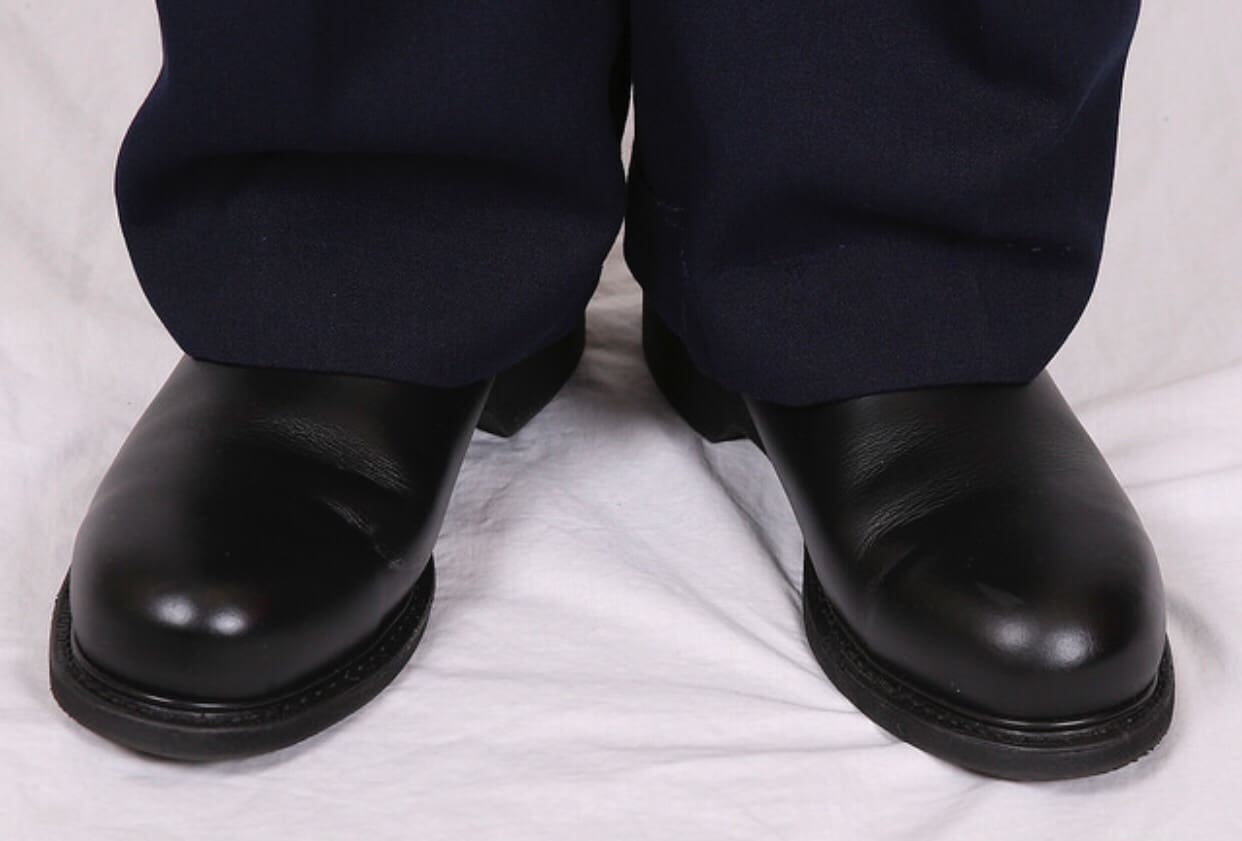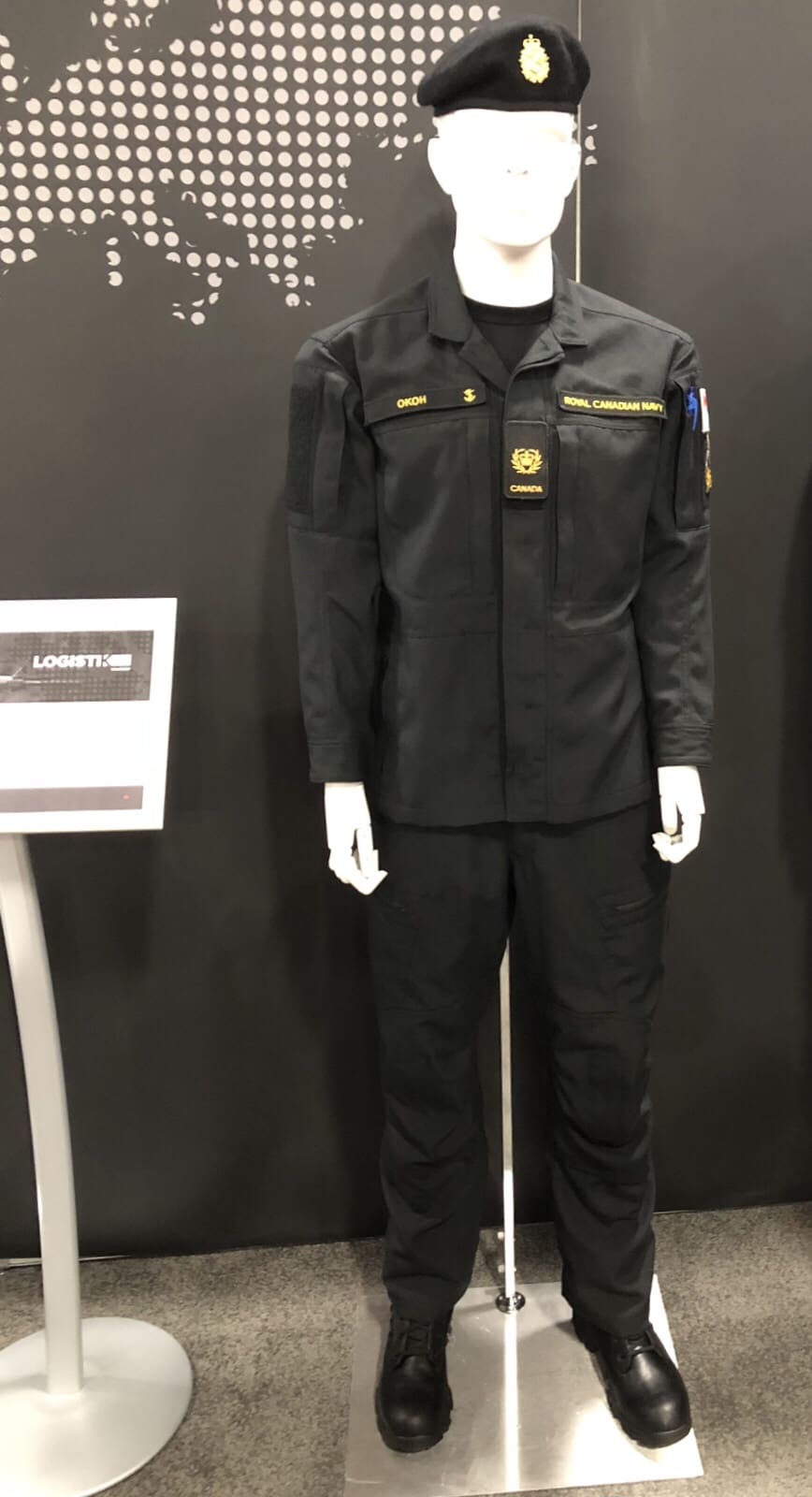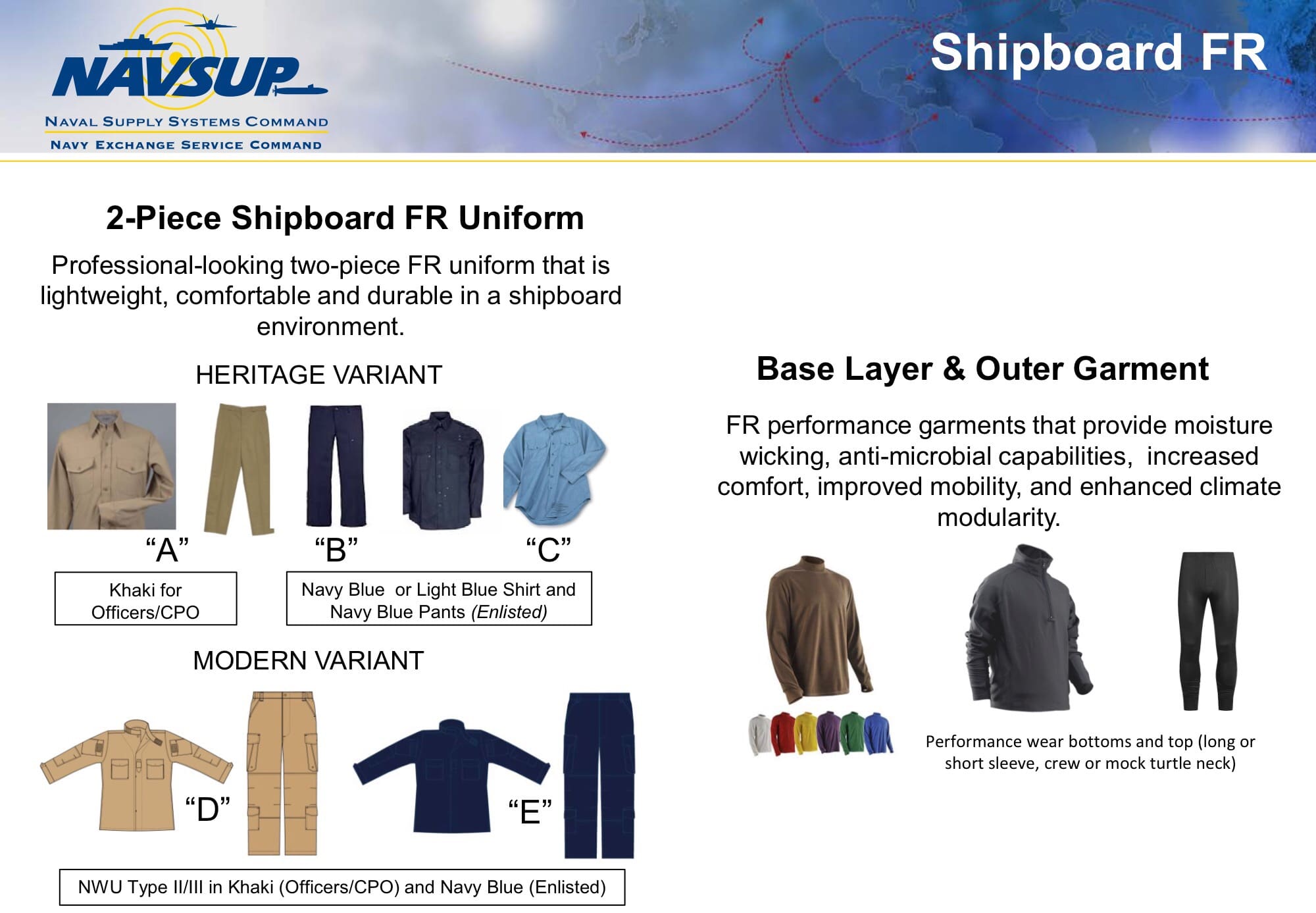NORFOLK (NNS) — U.S. Fleet Forces (USFF) Command will begin a second round of testing later this year on a two-piece organizational clothing variant that offers flame resistance and moves the Navy one step closer to delivering Sailors a safe, comfortable, no-cost alternative to the Improved Flame Resistant Variant (IFRV) coveralls, with the same travel flexibility as the Type III working uniform.
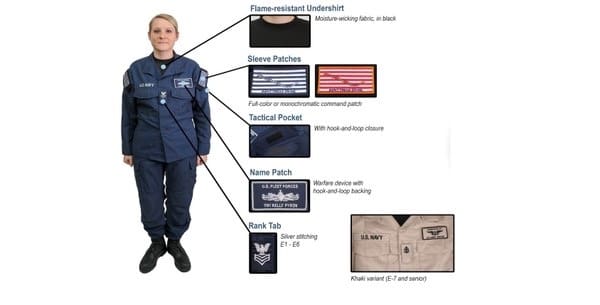
USFF conducted the initial wear test on two-piece variants from May through September of last year and collected feedback from nearly 200 wear-test participants across surface, aviation and submarine communities about everything from colors and design, to comfort and options like buttons and hook-and-loop fasteners. The command also received feedback from more than 1,700 Sailors in an online survey about colors and design.
Fleet survey responses indicated that Sailors liked the functionality of the Type III but would like to see the design in traditional Navy uniform colors. More than 70 percent of E-6 and junior Sailors surveyed liked the navy blue blouse and trouser while a khaki version was the preference for chiefs and officers.
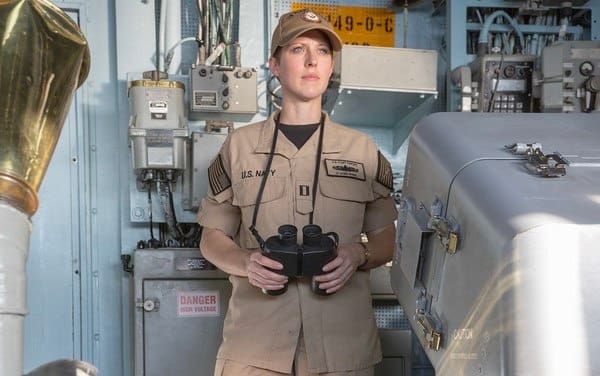
“Leaders are listening to the fleet when it comes to this design,” said USFF Fleet Master Chief Rick O’Rawe, a wear-test participant. “We have an obligation to keep our Sailors safe in inherently dangerous environments, but we also want to be mindful of their time. This is going to be something that’s safe, easy to maintain, and doesn’t require half-masting of coveralls when it’s hot or having to change clothes every time you leave the ship. Never again should we have to pass the words ‘all hands shift into the uniform for entering port or getting underway.’”
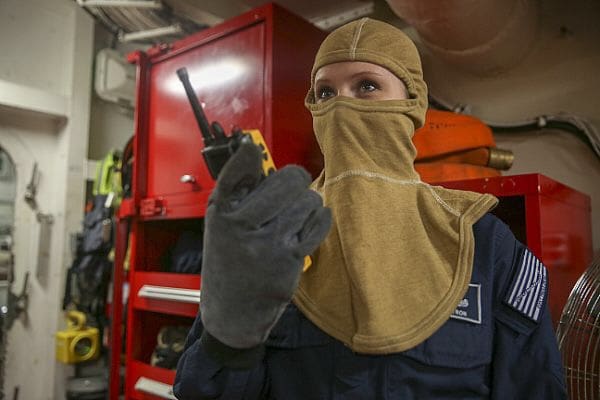
The updated design, which won’t require Sailors to sew on components, will be tested by 100 officers and enlisted Sailors to see how well it performs from wash-to-wear without ironing, and how it holds up to laundering. The two-piece variant will allow for de-blousing in extreme climates and challenging work environments. An undershirt will continue to be tested with a flame-resistant, moisture-wicking fabric in black.
“I have received so much feedback just from wearing the two-piece around the command every day,” said Yeoman 1st Class Kelly Pyron, a wear-test participant assigned to USFF. “The best part is that we’ll be able to transit from the ship and run errands in the two-piece; having one standard underway and in-port across the board will be much more convenient. I am excited to see the wear test moving into the next phase of evaluation.”
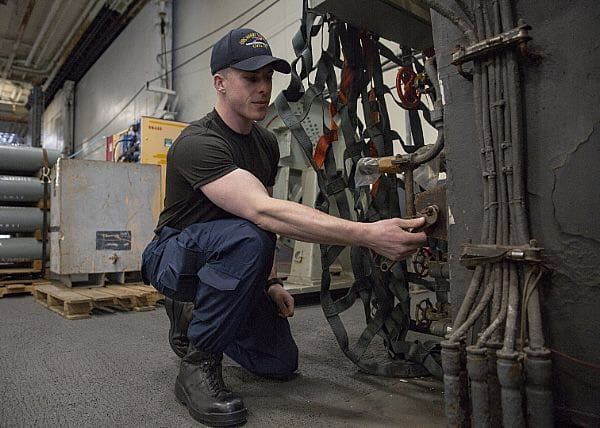
Once approved, the new prototype will serve as an alternative to the IFRV coverall for operational commands. The coverall may continue to be the prescribed clothing item for some Sailors in applicable work environments.
Pyron expressed, “If a clothing item, that I will not have to buy, can make my life easier while keeping me safe, I’m all for it.”
By Mass Communication Specialist 2nd Class Stacy M. Atkins Ricks, U.S. Fleet Forces Command Public Affairs and Outreach


